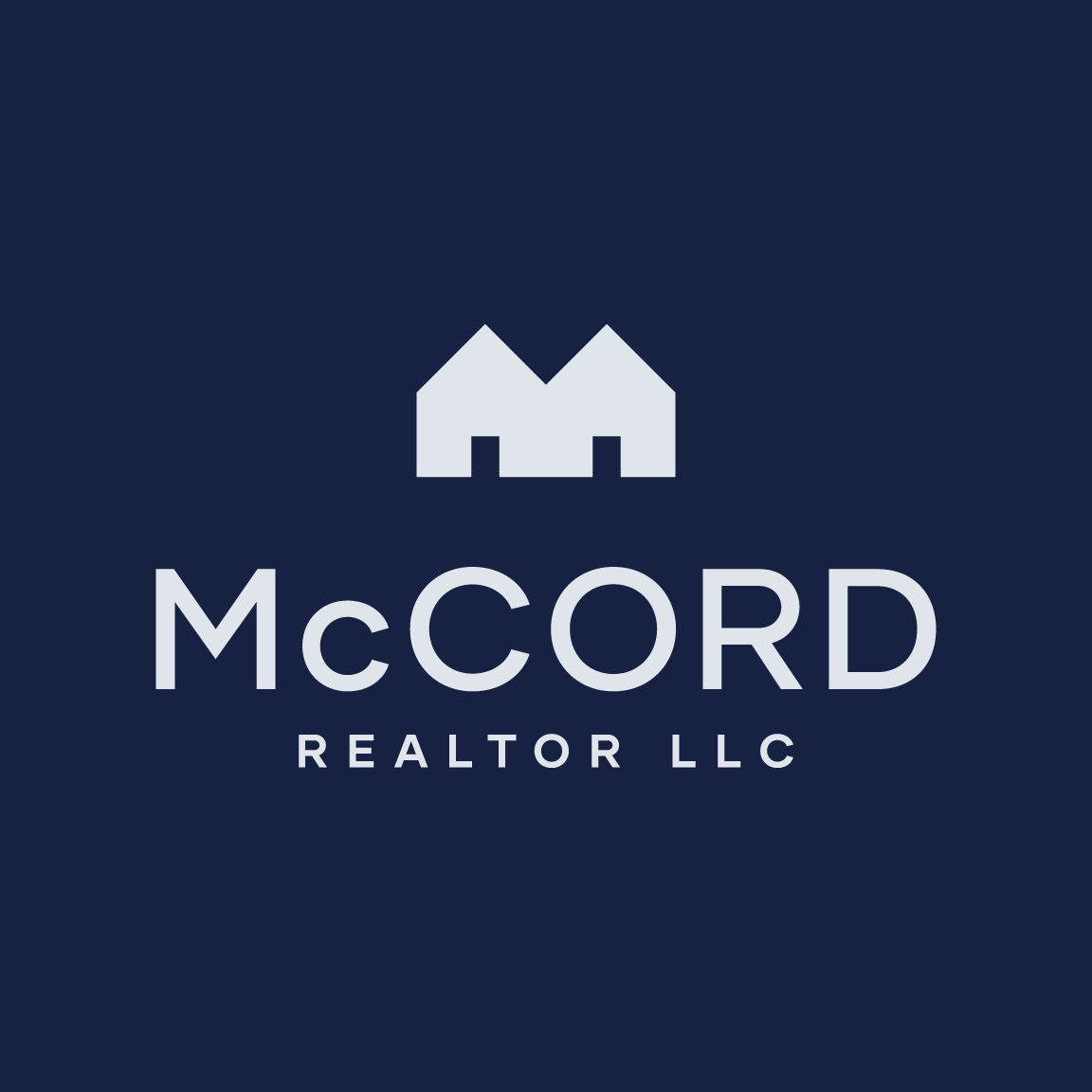Types of home construction
Exploring the Foundations:
A Guide to Different Types of Home Construction
In the world of real estate, one of the most crucial decisions for both homeowners and builders is the choice of construction method. From traditional stick-built homes to cutting-edge modular constructions, the variety of options can be overwhelming. Each method comes with its own set of advantages, disadvantages, and unique characteristics that cater to different needs and preferences. Let's embark on a journey through the diverse landscape of home construction methods to understand their nuances and help you make an informed decision.
Stick-Built Homes:
Description: Stick-built homes, also known as traditional site-built homes, are constructed on-site, piece by piece. This method involves assembling the structure using wood framing, which is a prevalent choice due to its flexibility and cost-effectiveness.
Advantages:
Customization: Offers endless customization options, allowing homeowners to tailor every aspect of their home according to their preferences.
Cost-Effective: Generally more affordable compared to other construction methods, making it accessible to a wider range of homeowners.
Disadvantages:
Construction Time: Typically takes longer to build compared to pre-fabricated options.
Weather Dependency: Susceptible to weather delays during construction, potentially extending the timeline.
Modular Homes:
Description: Modular homes are built off-site in sections or modules and then transported to the final location for assembly. These modules are manufactured in a factory-controlled environment, ensuring precision and quality.
Advantages:
Speed: Construction time is significantly reduced as modules can be built concurrently with site preparation, leading to quicker occupancy.
Quality Control: Built in a controlled factory setting, minimizing the risk of weather-related damage and ensuring consistent quality.
Disadvantages:
Design Limitations: Limited customization compared to stick-built homes due to standardized module sizes and transportation constraints.
Transportation Costs: Additional expenses associated with transportation and crane services for module placement.
Panelized Homes:
Description: Panelized homes utilize pre-made wall panels and components manufactured off-site and then assembled on-site. These panels, including walls, floors, and roof trusses, are constructed to exact specifications and assembled like a puzzle.
Advantages:
Efficiency: Faster construction process compared to stick-built homes, as panels are pre-made and simply need to be assembled.
Quality Assurance: Factory production ensures precise measurements and high-quality materials.
Disadvantages:
Limited Customization: Similar to modular homes, customization options may be restricted due to pre-fabricated panels.
Transportation Concerns: While panels are easier to transport than full modules, they still require careful handling and may incur additional costs.
Concrete Homes:
Description: Concrete homes utilize concrete as the primary construction material for walls and foundations. This method offers exceptional durability and energy efficiency.
Advantages:
Strength and Durability: Concrete provides superior resistance to fire, wind, and pests, resulting in a more resilient structure.
Energy Efficiency: Concrete's thermal mass helps regulate indoor temperatures, leading to reduced energy consumption for heating and cooling.
Disadvantages:
Cost: Initial construction costs may be higher due to the expense of materials and specialized labor.
Design Flexibility: While advances in construction techniques have expanded design possibilities, concrete homes may still have limitations in architectural aesthetics compared to traditional wood-framed homes.
Log Homes:
Description: Log homes feature walls constructed from horizontally stacked logs, offering a rustic and natural aesthetic. While traditionally associated with rural settings, modern log homes can be found in various environments.
Advantages:
Aesthetic Appeal: Offers a unique, rustic charm that appeals to nature lovers and those seeking a distinctive architectural style.
Energy Efficiency: Log walls provide excellent insulation, leading to energy savings over time.
Disadvantages:
Maintenance: Requires regular maintenance, including sealing and staining, to preserve the integrity of the logs and prevent moisture damage.
Cost: Building with logs can be more expensive than traditional construction materials, particularly for larger homes.
The choice of home construction method depends on various factors, including budget, timeline, desired customization, and environmental considerations. By understanding the characteristics and trade-offs of each construction type, homeowners and builders can make informed decisions that align with their priorities and vision for their dream home. Whether you opt for the timeless appeal of stick-built homes or the modern efficiency of modular construction, the journey to creating your perfect home begins with selecting the right foundation.

